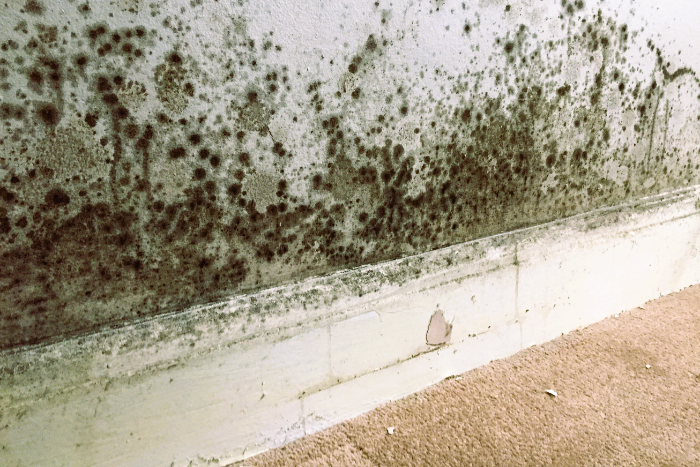Indoor air quality (IAQ) plays a crucial role in maintaining a healthy living environment. Unfortunately, the presence of mold in homes can significantly impact IAQ, posing risks to both the structural integrity of the building and the health of its occupants. This article explores the intricate relationship between mold, indoor air quality, and its potential effects on human health.
Understanding Mold in Indoor Spaces
Mold is a type of fungus that thrives in damp and humid environments. In indoor spaces, common culprits for mold growth include water leaks, inadequate ventilation, and flooding. Once mold spores find suitable conditions, they can multiply rapidly, forming colonies on various surfaces such as walls, ceilings, carpets, and even within HVAC systems.
Effects on Indoor Air Quality
Mold has a direct
and negative impact on indoor air quality. Mold spores are microscopic and become airborne, circulating through the air and infiltrating the respiratory system. As these spores disperse, they can cause a range of respiratory issues and allergic reactions. Additionally, mold releases mycotoxins—harmful substances that can further compromise IAQ.
- Respiratory Issues: Exposure to mold spores can trigger respiratory problems, especially in individuals with pre-existing conditions such as asthma or allergies. Common symptoms include coughing, wheezing, throat irritation, and shortness of breath. Prolonged exposure may exacerbate these conditions and lead to chronic respiratory issues.
- Allergic Reactions: Mold is a potent allergen, and inhaling mold spores can prompt allergic reactions in sensitive individuals. Symptoms may include sneezing, runny or stuffy nose, itchy or watery eyes, and skin rashes. Allergic reactions can vary in severity, with some individuals experiencing more severe symptoms than others.
- Mycotoxin Exposure: Mycotoxins released by certain molds can have toxic effects on the body. While the extent of health risks from mycotoxins is a subject of ongoing research, exposure to these substances has been linked to various health issues, including neurological symptoms, immune system suppression, and skin irritation.
Structural Impact

Beyond the health implications, mold can compromise the structural integrity of buildings. Mold growth on surfaces can lead to decay and degradation of materials such as wood and drywall. This not only poses a risk to the building’s stability but also results in costly repairs and renovations.
Preventing Mold for Improved Indoor Air Quality
- Control Moisture: Since moisture is a primary catalyst for mold growth, controlling indoor humidity levels is essential. Utilize dehumidifiers in damp areas, fix leaks promptly, and ensure proper ventilation throughout the home. Did you like the article? We recommend that you familiarize yourself with Anti-mold coatings for windows.
- Regular Inspections: Conduct regular inspections of your home for signs of water damage, leaks, or areas with high humidity. Addressing these issues promptly can prevent the conditions conducive to mold growth.
- Proper Ventilation: Adequate ventilation is crucial for maintaining healthy IAQ. Ensure that your home is well-ventilated, especially in areas prone to moisture buildup such as bathrooms, kitchens, and basements.
- Prompt Repairs: If water damage occurs, whether from leaks or flooding, make necessary repairs promptly. Thoroughly dry and clean affected areas to prevent mold growth.
- Professional Mold Remediation: When mold infestations are extensive, seeking the assistance of professional mold remediation services is crucial. These professionals have the expertise and equipment to safely and effectively remove mold from your home.
Standards and Guidelines
For comprehensive information on mold-related health issues and remediation standards, refer to reputable sources such as Wikipedia for general knowledge.
Maintaining a healthy indoor environment involves understanding the impact of mold on indoor air quality and taking proactive measures to prevent its growth. By addressing moisture issues, ensuring proper ventilation, and promptly remedying water damage, homeowners can create spaces that promote both structural integrity and the well-being of occupants. Referencing established standards and guidelines further empowers individuals to make informed decisions in the pursuit of healthier indoor living.


